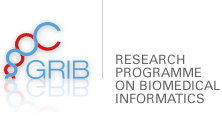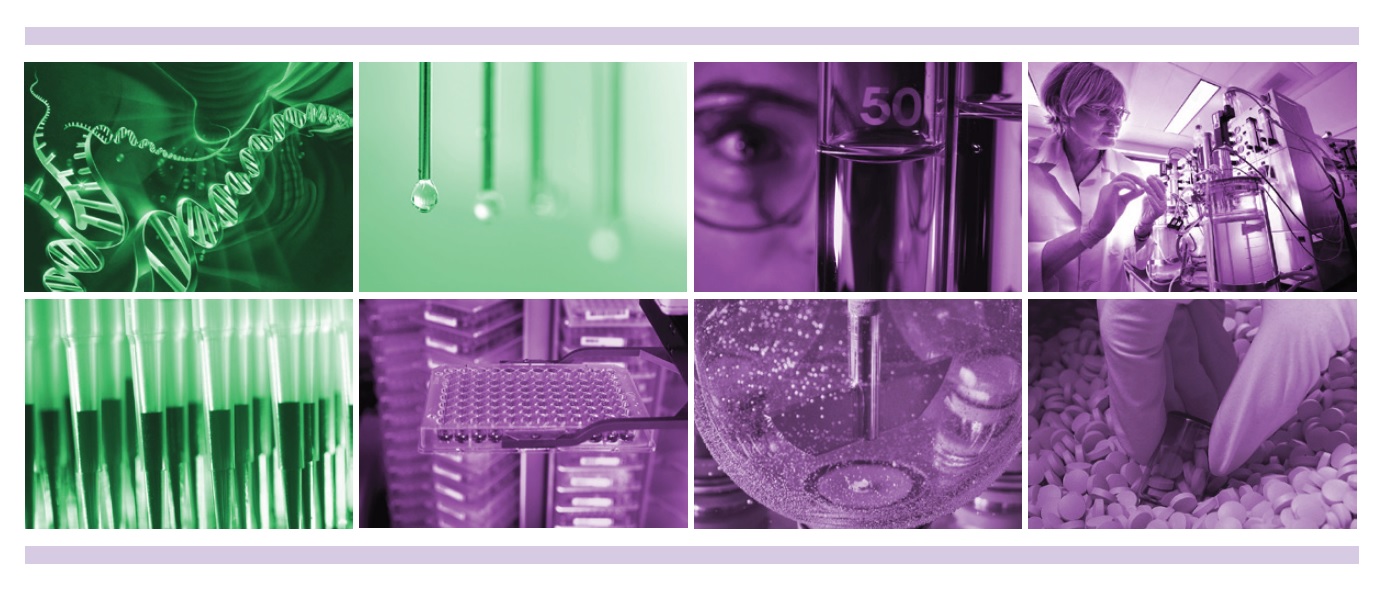
28/11/2018
Optimizing collaboration between academia and the pharmaceutical industry to improve the toxicological evaluation of drugs
A new article by Manuel Pastor, Jordi Quintana and Ferran Sanz shares their experience in the eTOX project to improve the transfer of models from academia to industry.
Researchers Manuel Pastor, Jordi Quintana and Ferran Sanz have published an article in the journal Frontiers in Pharmacology in which they share their experience gained in the transfer of computational predictive models from academic to industrial environments. This experience was acquired in the already concluded eTOX project, funded by the Innovative Medicines Initiative (IMI). The main results of this project pave the way for a new model of collaboration by the pharmaceutical industries among themselves and also between them and the world of academia, by sharing data and knowledge in order to improve the toxicological evaluation of compounds for potential use in drugs.
The authors are members of the Research Programme on Biomedical Informatics (GRIB), a joint programme of the Hospital del Mar Medical Research Institute (IMIM) and UPF. "In this article we have shared our experience in the adaptation of computational tools for drug discovery generated in academia for use in the pharmaceutical industry. It is an aspect that is often overlooked in this type of projects", says Manuel Pastor, head of the GRIB's Pharmacoinformatics group. "We have described some of the problems identified and the solutions we apply to solve or mitigate them", he adds.
Data confidentiality
In the project, the pharmaceutical companies contributed data generated and stored internally to train predictive models. One of the problems encountered was the need to share confidential information, such as the structure of compounds under development. Given that such data are highly sensitive, the companies were opposed to letting this information out of their internal repositories.
"The solution we proposed was to build the software needed to install the system for the creation of models within the companies themselves, so that the model could be created there and their security systems applied", details Ferran Sanz, academic coordinator of the project and director of the GRIB. Thus, it was possible to guarantee the use of the models in confidential compounds corresponding prospective drugs currently being developed.
In addition, in production, where major decisions can be based on the results of the model, it is important to keep an orderly inventory of all models and versions developed. In eTOX, each model was documented in a central repository and unique identifiers were used for each one.
Beyond the work carried out during the project, many eTOX partners have continued their collaboration and are now involved in a new IMI project (eTRANSAFE), which shares the goal of developing predictive systems. "We hope that applying the ideas described in our article will help save time and effort in eTRANSAFE and similar public-private projects, and improve efficiency in the collaboration between the pharmaceutical industry and academia in the development of computational tools for drug discovery", concludes Ferran Sanz, professor of the Department of Experimental and Health Sciences at UPF.
Reference article:
Pastor M, Quintana J and Sanz F. Development of an Infrastructure for the Prediction of Biological Endpoints in Industrial Environments. Lessons Learned at the eTOX Project. Frontiers in Pharmacology, October 2018. doi: 10.3389/fphar.2018.01147.



